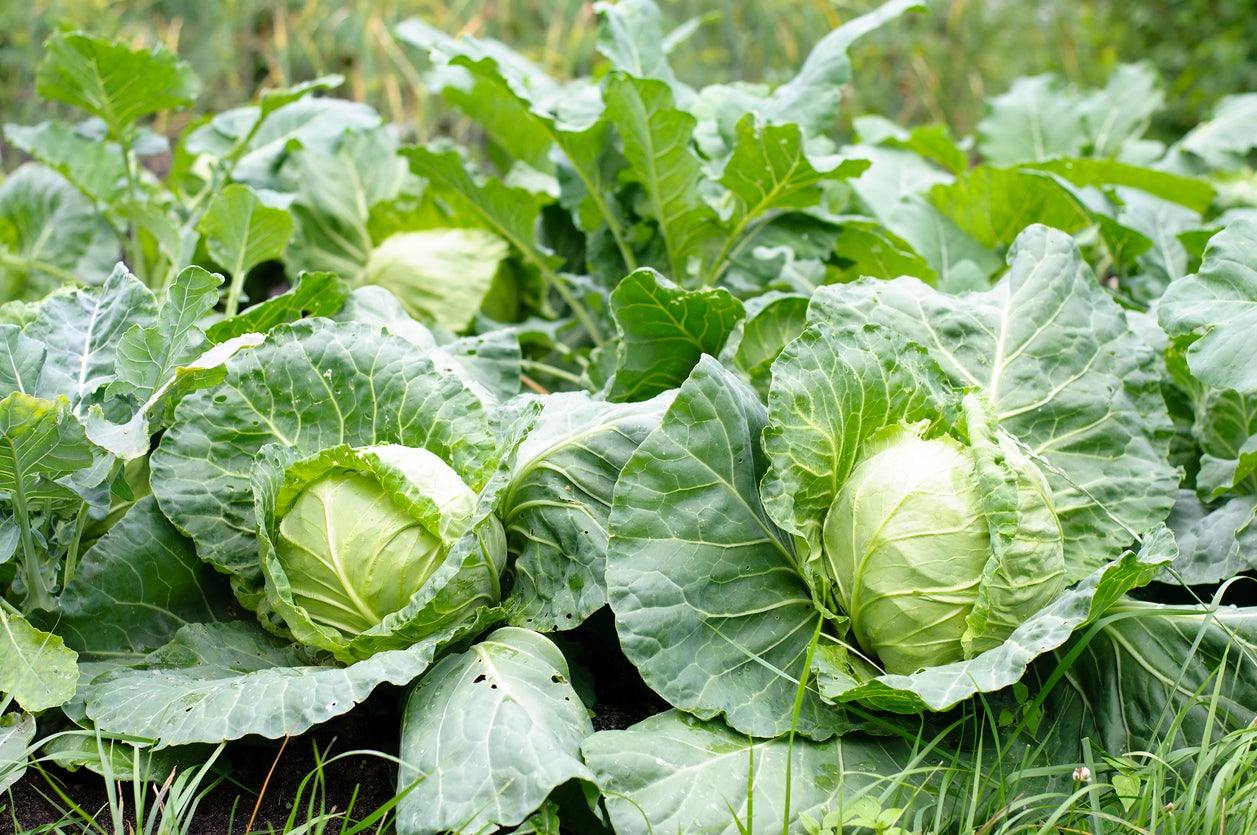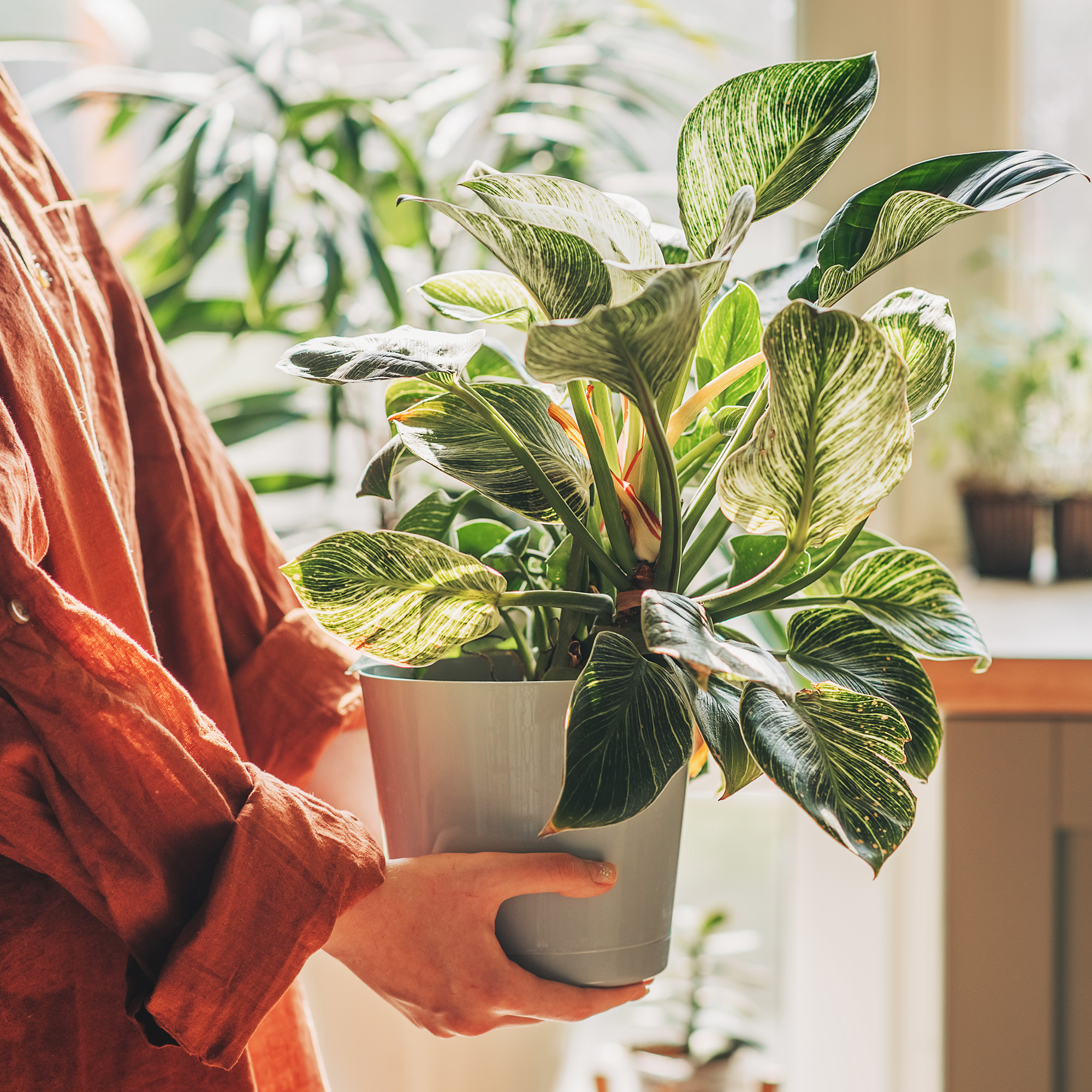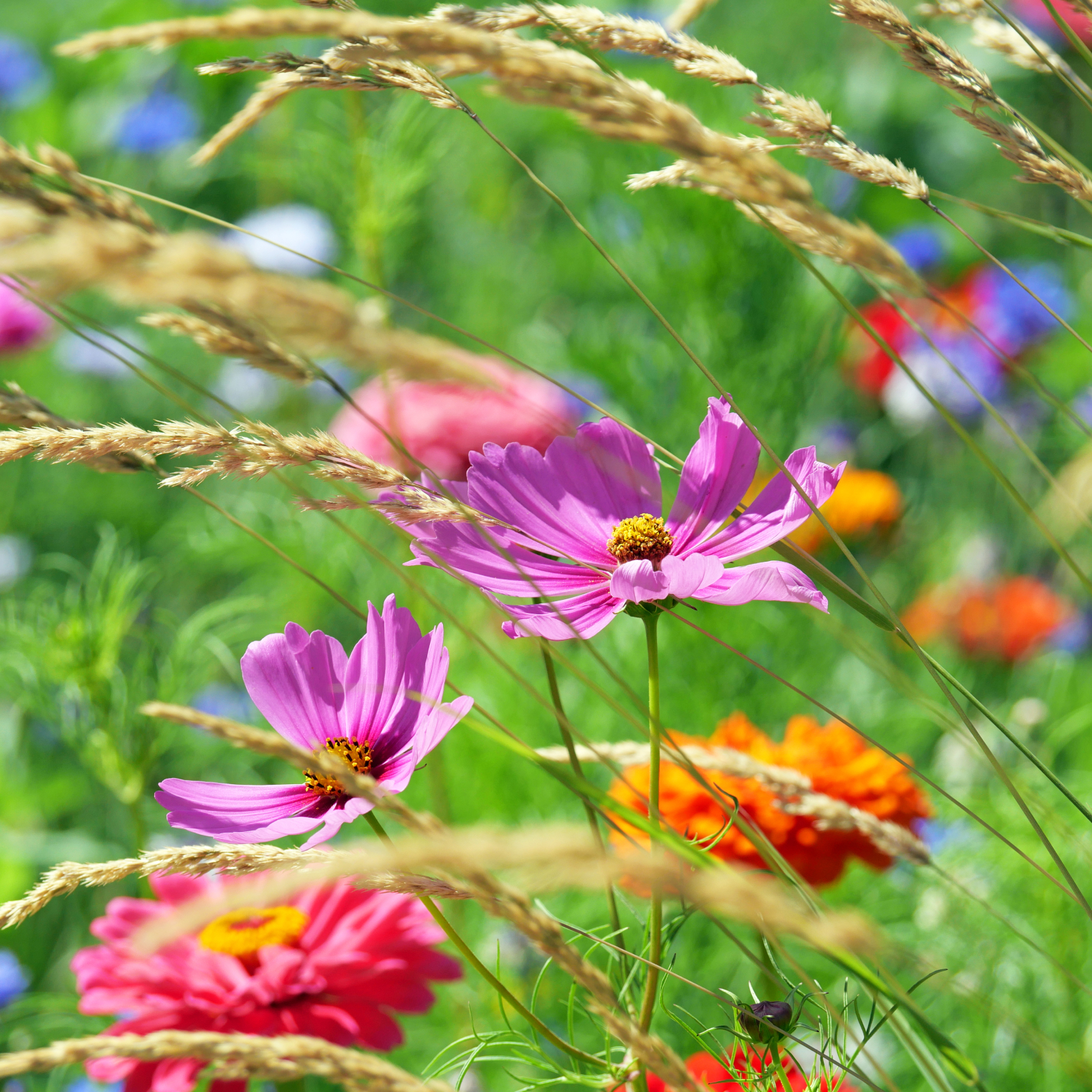Feeding Cabbage Plants: When And How To Fertilize Cabbage Correctly


Perhaps you've heard cabbage is a heavy feeder. When growing cabbage, adequate amounts of nutrients are necessary to produce large heads with healthy leaves. Whether you're growing a few plants or a field of cabbage, knowing how to fertilize cabbage is the key to a successful crop.
Cabbage Fertilizer Basics
Enriching garden soil with organic compost is one of the best ways to supply the nutrients necessary for feeding cabbage plants. When using homemade compost, incorporate 2 to 4 inches (5-10 cm.) of compost into the garden soil in late fall or early winter. This gives the compost time to fully decay, so the valuable nutrients are ready for the plants in the spring.
In lieu of using compost for feeding cabbage plants, chemical fertilizer can be added to the garden soil. Choose a balanced fertilizer, such as 10-10-10. This can be tilled directly into the garden bed as it's being prepared for spring planting. Testing the soil before fertilizing cabbages is recommended.
The test results can be used to amend the soil and make up for any nutritional deficiencies. Cabbages prefer a soil pH of 6.0 to 6.5 and require adequate amounts of micronutrients such as calcium, magnesium, sulfur, and zinc for optimal growth.
When to Feed Cabbages
When starting seeds indoors, begin fertilizing cabbage plants once they have two to four true leaves. A diluted solution of a balanced (10-10-10) liquid fertilizer, weak compost tea, or fish emulsion is recommended. This can be repeated every two weeks.
Once cabbage plants have been transplanted into a prepared garden bed, continue applying cabbage fertilizer every three to four weeks until heads begin to form. Avoid using fertilizer with high levels of nitrogen, as this encourages excess foliage growth and reduced head formation.
Tips for Fertilizing Cabbages
Always follow the manufacturer's directions when mixing and applying cabbage fertilizer.
Gardening tips, videos, info and more delivered right to your inbox!
Sign up for the Gardening Know How newsletter today and receive a free copy of our e-book "How to Grow Delicious Tomatoes".
Incorporate a slow-release, granular, or pelleted fertilizer into the soil prior to planting. Switch to a liquid fertilizer or side-dress cabbage plants by burying granular or pelleted fertilizer in shallow trenches in and around plants. Heavy rainfalls can dissolve solid forms of fertilizer lying on the garden surface. This can splatter heavy concentrations of fertilizer directly onto cabbages causing leaf burn and damage to the plants.
Avoid additional applications of fertilizer after cabbages begin to form heads. This can cause rapid growth resulting in split or cracked heads.
Water cabbage plants before the soil dries completely. Not only do cabbage plants prefer a consistently moist soil, but water is essential for absorbing nutrients from the soil.

Laura Miller has been gardening all her life. Holding a degree in Biology, Nutrition, and Agriculture, Laura's area of expertise is vegetables, herbs, and all things edible. She lives in Ohio.
-
 Have You Tried The Shadow Test For Houseplants? This Expert Light Trick Reveals Exactly Where Plants Will Thrive
Have You Tried The Shadow Test For Houseplants? This Expert Light Trick Reveals Exactly Where Plants Will ThriveThe Shadow Test is a horticulturist's trick that will help you work out the light levels in every room and ensure your houseplants are perfectly positioned.
-
 10 Easy, Breezy Meadow Flowers & Grasses For A Magnificent Low-Maintenance Landscape
10 Easy, Breezy Meadow Flowers & Grasses For A Magnificent Low-Maintenance LandscapeChoosing the right meadow flowers and grasses will help you create the luxurious garden of your dreams. Explore some of my favorites.